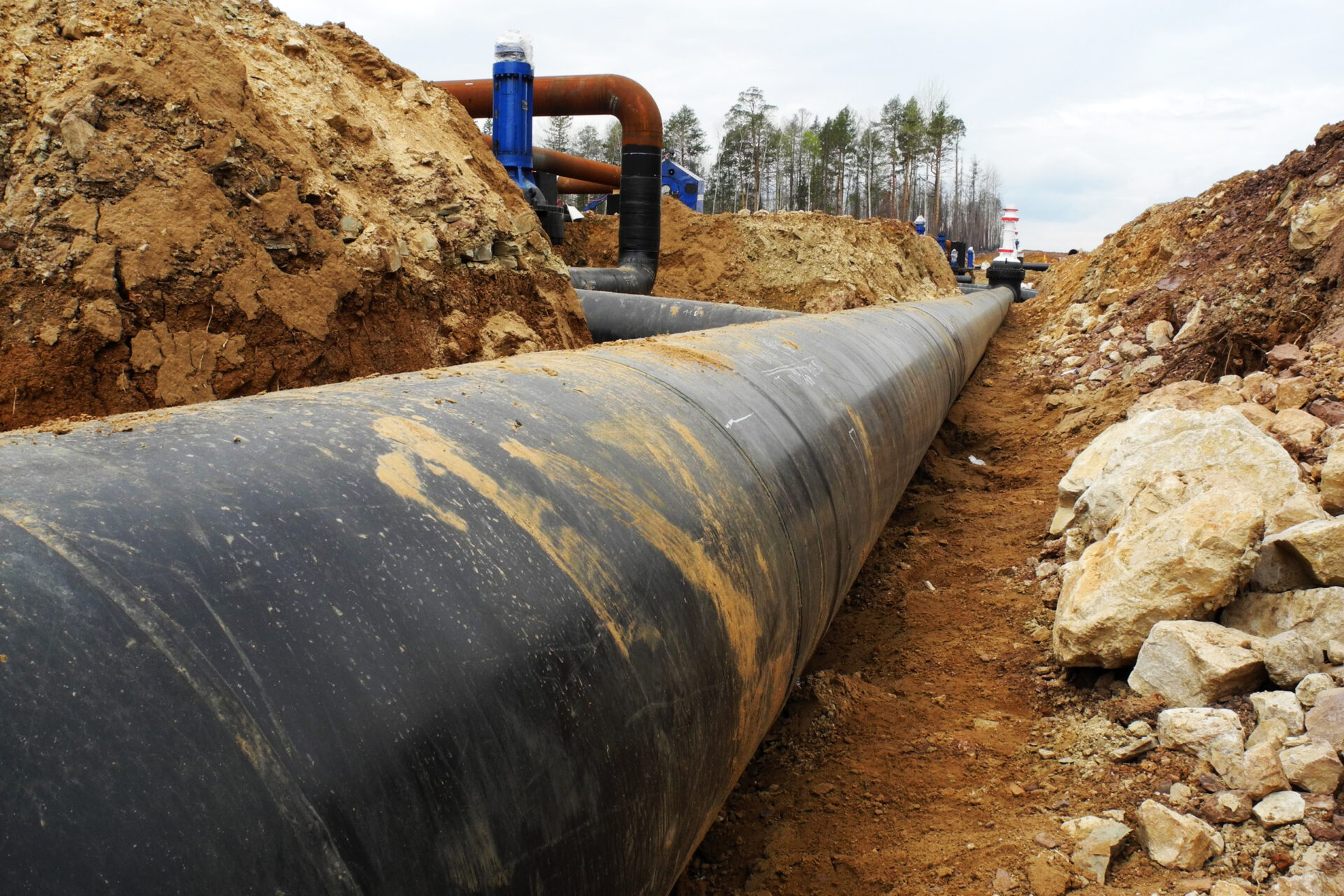CLAIM: In light of a recent appeals court ruling allowing the Dakota Access Pipeline to continue operations while an Environmental Impact Statement (EIS) is completed, a recent opinion column in the Des Moines Register authored by activist Jonas Magram argued the Dakota Access Pipeline should be shuttered as it does “not offer a safe way to transport oil because, however it was transported, its eventual combustion would contribute to growing climate chaos.” The author also argues “the pipeline would result in increased oil production from the Dakotas, which in turn would result in more climate-disrupting carbon dioxide.”
RATING: False
FACT CHECK:
The column makes the grave error of conflating our nation’s tried-and-true regulatory processes and the agencies that oversee them with partisan rhetoric and American energy policy. What the author fails to acknowledge are that regulatory agencies, such as the Iowa Utilities Board and U.S. Army Corps of Engineers, are not responsible for dictating the future of American energy policy. They don’t pick and choose what resources are to be used to power our homes and businesses, fuel our vehicles, and keep the economy moving.
Rather, regulatory agencies are tasked with ensuring infrastructure developers have met or exceeded all permitting and safety standards, and that the projects at hand will not impose any negative impacts on the surrounding land and waterways. These nonpartisan, professional agencies review and consider infrastructure development based on the individual project merits and facts backed by science and meticulous review.
For example, the Army Corps’ 1,261 page Environmental Assessment explains the “purpose and need” of the review is to “determine whether USACE may grant permission for Dakota Access to place the pipeline on federal real property interests acquired and managed by USACE for the Garrison Dam/Lake Sakakawea and Oahe Dam/Lake Oahe projects.” The document also explains that permission is granted under Section 14 of the Rivers and Harbors Act of 1899, codified 33 U.S.C. Section 408, and further notes that the EA addresses “the location and method of installation of the pipeline, but the analysis is limited to the effects of allowing the pipeline to cross federal flowage easements near the upper end of Lake Sakakawea, and federally owned lands at Lake Oahe in North Dakota.”
Similarly, the Iowa Utilities Board explained that in approving DAPL’s permit in 2016, the Board “applied a statutory balancing test, which found the public benefits of the project outweigh the private and public costs with the terms and conditions imposed by the Board. The public benefits were found to include (1) significant safety advantages of pipeline transportation of crude oil compared to the alternatives and (2) the jobs and other economic benefits associated with construction and operation of the pipeline, projected to be at least $787 million during the construction period alone.”
While the author calls for “quickly transitioning to sustainable energy sources like wind and solar,” it is important to keep in mind that resources like crude oil and natural gas remain critical in meeting our nation’s energy needs. Contrary to Magram’s baseless claims, pipelines do not create more emissions. In fact, pipelines like Dakota Access are key to lowering emissions and reducing the need to transport critical energy products by truck and train. In addition to the environmental benefits, pipelines take the risk off our roads and rails – instead safely and quietly transporting fuels underground.
Modern energy infrastructure like DAPL is the safest, most efficient, and most environmentally-conscious method of transporting the energy that fuels our economy and modern way of life.

